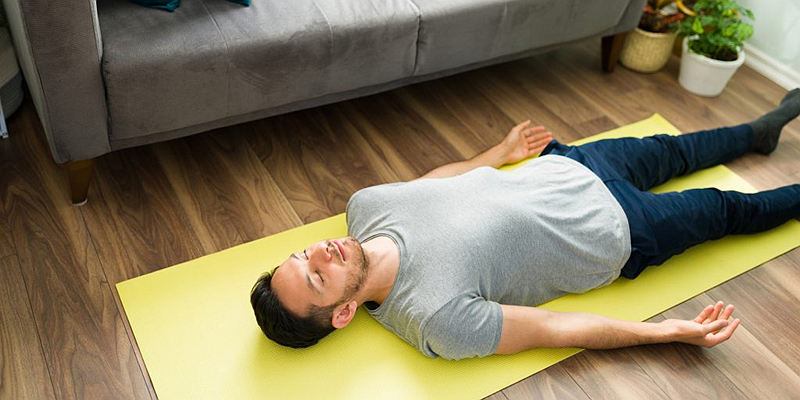4 Effective Ways to Handle Panic Attacks at Home
Have you ever suddenly been overwhelmed by a pounding heart and frantic thoughts? These panic attack episodes can make you feel out of control. But what if you could ease the intense symptoms quickly from the comfort of home?
So, keep reading this article, well discover 4 easy techniques to manage panic attacks without needing anyone else. Just imagine the next time anxiety escalates, youll have reliable solutions ready to help yourself feel better in minutes.
Are you ready to equip yourself with simple yet effective ways to handle this from home?
4 Useful Ways to Handle Panic Attacks at Home
Now we will share the 4 straightforward techniques you can use during panic attacks to start feeling better, without having to leave your home. Implementing these can bring down the feelings of fear and anxious energy rapidly.
Get ready to add four simple yet effective tools to your panic relief toolkit!
1. Controlled Breathing
When panic attacks strike, one of the most effective things you can do is intentionally slow down your breathing. Hyperventilation often accompanies a panic attack, causing troubling symptoms like dizziness, chest pain and numbness in the extremities.
Start by inhaling slowly through your nose for a count of four. Hold that breath for just a moment. Then exhale very slowly out through your mouth for a count of six.
Work on keeping each part of your breathing cycle controlled as you repeat this pattern. Focus on the sensations of breathing in calmness and breathing out stress.
With these 4 to 6 breathing exercises every time you feel panic taking hold it can make a world of difference fast.

2. Progressive Muscle Relaxation
Start by closing your eyes and taking stock of each muscle group, identifying areas that feel especially tight. Then, choose one set of muscles and deliberately tense them further for 5-10 secs. Squeeze all the tension you can into that one spot.
Finally, exhale fully and allow that muscle group to relax and soften again. Repeat the process down through every area of your body legs, arms, back, abdomen and face. Releasing physical tension helps break the panic cycle quickly.
This head to toe progressive relaxation strategy eases panic by letting tight muscles finally unwind.
3. Distract Your Mind
The racing, irrational thoughts that accompany panic attacks often fuel the fearful emotions swirling inside you. Finding ways to divert your attention away from anxious thinking patterns can help calm your mind. Try looking around the room and slowly counting each piece of furniture or decorative item.
Visualize pleasant scenes like walking in the woods or sitting by the ocean. Any mental task requiring focus shifts attention away from panicked thoughts and emotions, easing their grip.
Reframing your mental activity eases panic fast whether counting items, doing math or picturing calming scenes.

4. Challenge Anxious Thinking
Talking back empowers you against spiraling thoughts perpetuating panic. Combat unreal worries by reminding yourself of the facts. For example: This feeling won't last forever.
Youre safe right here at this moment. You have people to call if you need help. Youve gotten through this before. You can handle these uneasy sensations. These statements weaken panic's power over you.
Conclusion
Learning skills like these equips you to remain calm and take control when panic attacks strike.
Whether its controlled breathing, muscle relaxation, distraction or thought challenging, having an effective self care toolkit prepares you to manage anxiety at home effectively.
The next time emotions spike and panic sets in, remember you have reliable tools to handle it without help. Youve got this!
FAQs
Q. What causes panic attacks?
Ans. Panic attacks often occur randomly but can be triggered by high stress, medical issues, genetics or trauma. Sensitization in the nervous system is usually the underlying mechanism.
Q: How long do panic attacks normally last?
Ans. Most panic attacks peak within 10 minutes and resolve within 30 minutes, especially when using self-help skills to ease symptoms quickly. Some may linger longer or have residual effects.
Q: Can panic attacks be dangerous?
Ans. While extremely uncomfortable, panic attacks themselves dont signal direct physical danger. But recurring attacks, especially with cardiac symptoms, warrant a medical exam to rule out underlying conditions and provide reassurance.